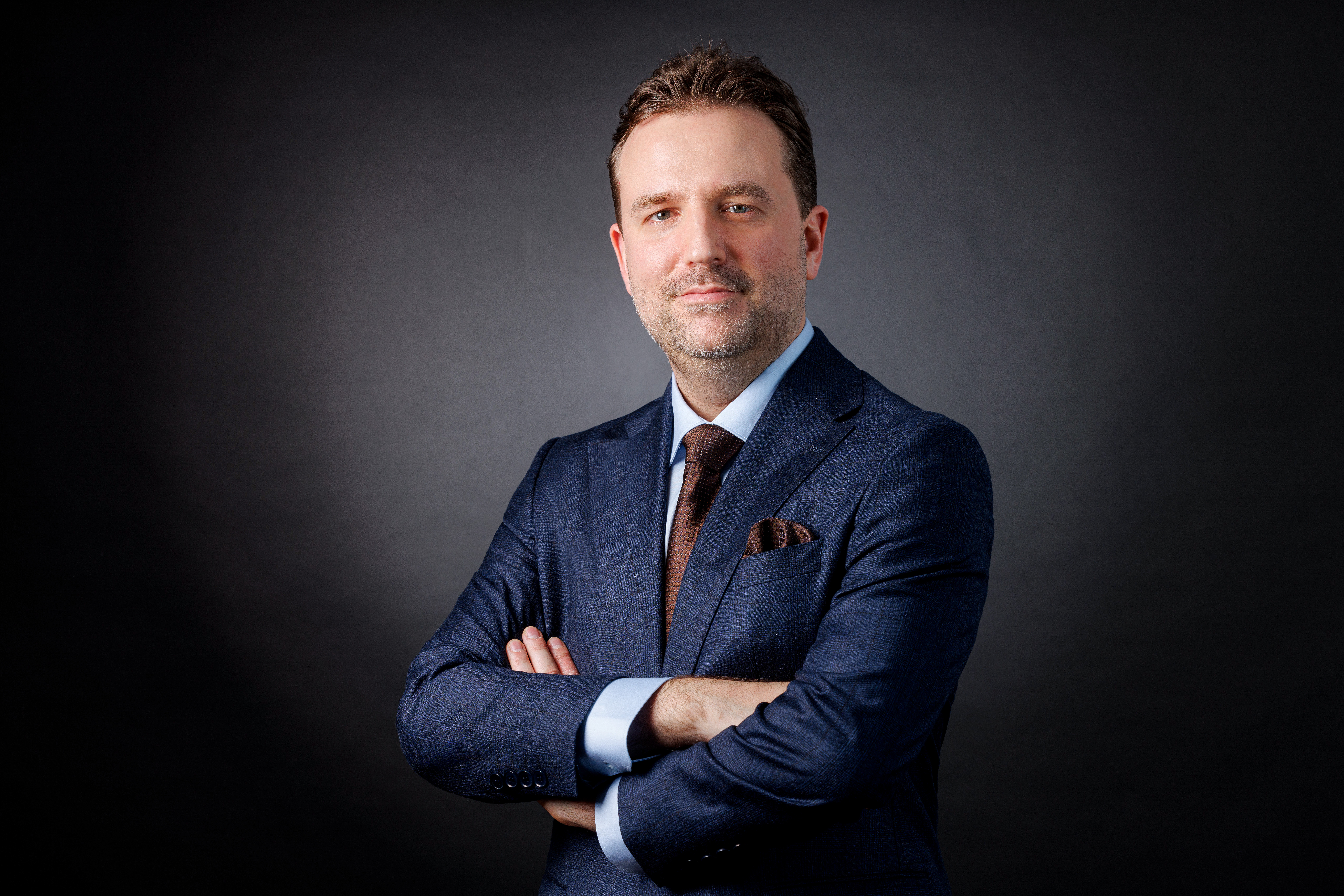
- Newsroom
- Veröffentlicht am:
6 Months as CEO of MHP China
Since the end of April 2025, Benjamin Hirth has served as CEO of the MHP subsidiary in China, based in Shanghai. He has been with the management and IT consultancy since 2022, during which time he contributed to major SAP transformation projects (in logistics) and played a key role in building the Operations division. As the regional point of contact for Volkswagen China, he has driven international collaboration over the past three years, thereby supporting the global expansion of MHP. With his intercultural background, fluency in Mandarin, and strong network within the Chinese automotive industry, he brings valuable strengths to MHP international strategy.
What were his first experiences at MHP in China? In this edition of “5 Questions, 5 Answers,” Benjamin Hirth shares his personal impressions of his journey so far and his new home.
You have been CEO of MHP in China since April 2025 and already have experience in the Chinese business environment. Did this make the transition easier for you, or was there anything that nevertheless surprised you?
My many years of experience in China actually made the transition quite easy. My time at the strategic headquarters of Volkswagen in Beijing and at the joint venture in Shanghai gave me a deep understanding of the market, its dynamics, and its cultural nuances. I already knew that speed, decisiveness, and strong networks were crucial. This “day-one readiness” enabled me to quickly build trust within the team and with customers, and also to focus on the essentials: identifying market opportunities, deepening customer relationships, and aligning the team for shared growth.
The speed of things in China didn’t surprise me – it’s part of the DNA of this market. I see it less as frantic activity and more as a particular kind of single-mindedness: if an idea has potential, it’s implemented, tested, and optimized – without detours. This attitude inspires me every day because it shows how much is possible when you combine courage and speed with substance. This is exactly the balance I want to establish in our company. It offers enormous opportunities, but it also requires us to make strategic decisions faster and more boldly.
How did you experience your team and colleagues in China during the first few months? Are there any differences in the daily work routine between Germany and China?
From day one, I’ve experienced a highly dedicated, open, and very competent team. My colleagues here in China are characterized by strong commitment, pragmatism, and remarkable solution-oriented approach – qualities that are crucial for rapid progress in such a dynamic market. Personally, my ability to speak Mandarin and my family ties to China have been helpful in building close, trusting relationships.
Operationally, there are differences, but no fundamental incompatibility: In China, decision-making is often more intensive, iterations are faster, and there is a strong customer focus combined with high innovation pressure. In Germany, process and governance discipline tend to be more pronounced. For me, the challenge lies in combining the best of both worlds – the speed and innovative strength of China with the structural sustainability and risk management we know from Europe. This works particularly well in an international matrix where local autonomy and global standards go hand in hand.
How do you approach the challenge of leading a company in a new cultural environment? What do you especially value in collaboration?
Leading in an international environment means consciously leveraging cultural diversity as a strategic advantage. It’s less about “translating” rules and more about “building bridges.”
My approach is based on clear objectives, a high degree of transparency, and a leadership culture that decentralizes responsibility. I focus on empowering our local leaders, keeping decision-making processes short, and maintaining global standards. This fosters speed, trust, and sustainable results.
In our collaborations, I place great value on transparent communication – even across language barriers – strong, cross-functional teams, and a matrix organization that combines local responsibility with global coordination. Strategically, it is also important to me to build robust local customer networks – not only as an extension of our relationships within the Volkswagen Group, but also as a foundation for sustainable growth in China and the entire Asia-Pacific region (APAC).
What does international collaboration mean to you, and how do you implement it as CEO?
For me, international collaboration means far more than working across national borders and time zones – it’s the foundation for innovation, mutual learning, and sustainable success. Different perspectives, experiences, and cultural influences lead to better results when they are consciously combined.
For MHP in China, this means specifically translating global know-how into local solutions and disseminating local innovations throughout our organization. I embody this through regular, structured exchange formats within the global matrix and a clear commitment to shared goals. This fosters a truly global mindset, guided by common values: innovation, speed, and a consistent customer focus.
China is considered one of the most dynamic markets in the automotive industry. Which developments are you currently monitoring closely – and what do they mean for MHP?
Five developments are currently at the forefront of my focus:
- Software-Defined Vehicles (SDV) & OTA Functions: The shift from hardware-centric to software-centric architectures is fundamentally changing value creation and the supplier landscape. This creates a need for consulting and integration services – from E/E architecture to software lifecycle management.
- Rapid market growth and international expansion of Chinese OEMs: Companies like BYD and NIO are significantly expanding their presence in Europe and APAC. This increases competition but also presents opportunities for partnerships and new customers for our services.
- Intense price pressure: Aggressive pricing strategies are driving margins down in certain segments. Therefore, we need to provide even more value-oriented offerings – not just complete projects, but also measurable business outcomes that help our customers scale more efficiently.
- Supply chain and technology policy: The Chinese initiative to strengthen local semiconductor and supply chains, as well as geopolitical restrictions, are reshaping procurement practices. This creates a need for risk management, local sourcing expertise, and resilience consulting.
- APAC as a growth area: Many innovations in China are exportable – not only to Europe, but to the entire APAC region. Therefore, we are actively exploring growth segments in neighboring markets and developing cross-border offerings.
For MHP China, this means: We must diversify our customer portfolio, expand local customer relationships, and simultaneously strengthen the capabilities of our product and service portfolio in growth segments. This will help existing and new customers grow faster and more sustainably in this dynamic environment.
MHP Newsroom
Sie benötigen Informationen zu MHP oder zu unseren Leistungen und Kompetenzen? Gerne unterstützen wir Sie mit aktuellen Informationen, Hintergrundberichten und Bildern.



